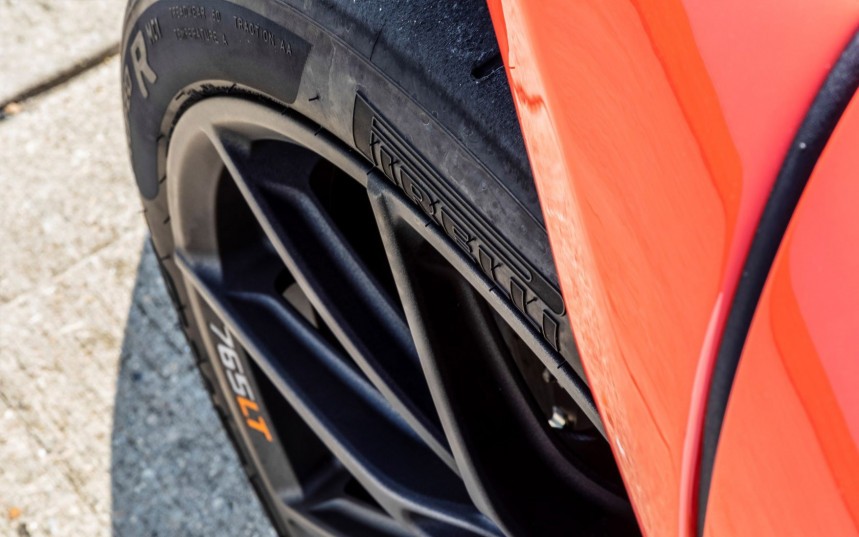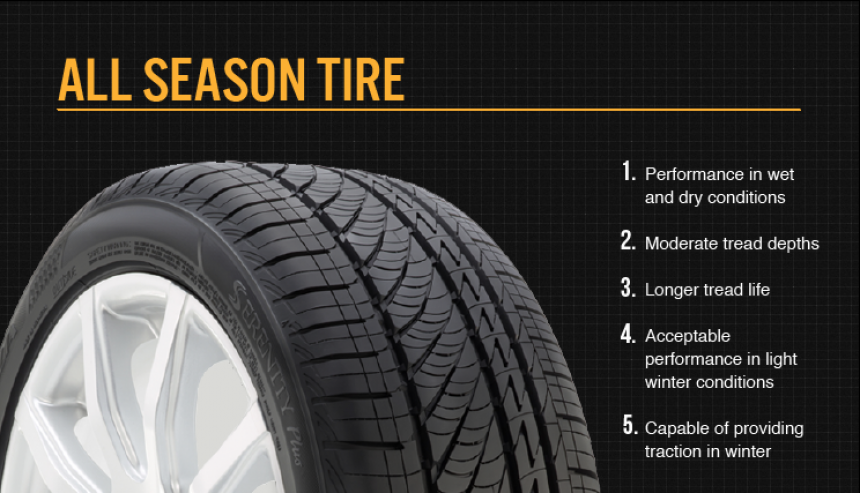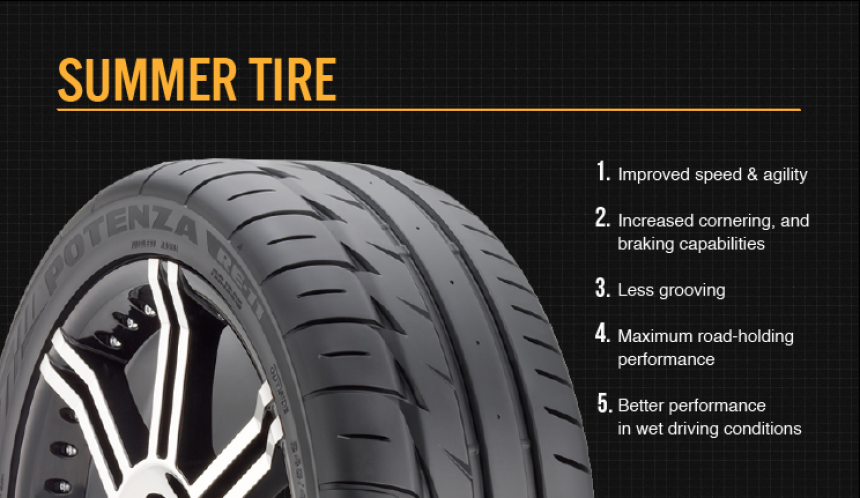The Germans at ADAC, which is the largest automobile club in the country and an institution in itself, have published the results of a five-year study of braking performance of almost 400 vehicles. The Porsche 911 Carrera S came out on top, while the Suzuki Jimny had the worst performance. What is more interesting is what models came in between.
But first, it is time to clarify what led to this conclusion. The ADAC tested 396 vehicles over five years, on the same test track section, always in dry conditions, and with summer tires (results with all-season tires are mentioned accordingly). The value that corresponds to each vehicle is obtained after calculating the average of the result of ten full-stop brakes from 100 kph (62 mph).
According to ADAC, getting an average of ten tests is meant to level the playing field, which is why the tests are always done in the same place and on comparable conditions each time. At this point, we should emphasize the fact that average results between tests will eliminate “one-hit wonders,” and will demonstrate which models will be the best in real-life conditions.
The big winner of the test is the Porsche 911 Carrera S (992 generation), which manages to get a “sensationally short” braking distance for an emergency stop from 100 kph (62 mph) in just 30.9 meters (101 feet).
At the same time, ADAC tests have shown that the passenger version of the Suzuki Jimny had the worst results of the test, 45.2 meters (148 feet), with factory-supplied all-season tires, though, but still, that is how the vehicle was delivered on the market.
In Europe (and not just in that market), vehicles are usually delivered with summer tires from the factory, but some models come with all-season tires. The ADAC struggles to test each vehicle with summer tires and on adequate conditions for them, but changing the tire type would have been unfair.
Coming back to the result of the test, as ADAC underlines, once the Porsche 911 is stopped, the Suzuki is still driving at 56 kph. The difference between 45.2 and 30.9 meters in stopping distance is roughly the equivalent of three “car lengths,” if 14.3 meters (46.9 feet) is complicated to imagine.
The top five best when braking performance was concerned is completed by the BMW M5, the SEAT Leon ST Cupra R, Audi's A7, and the Ford Focus 1.0 EcoBoost (fourth generation). The latter proves that a vehicle that is not performance-oriented or marketed as such can still have good braking performance.
As ADAC underlined, tires are critical in this result, and the Porsche 911 Carrera S came with Pirelli P Zero, just like the BMW M5, but in a smaller size, while the rest of the top five had premium sports tires from manufacturers like Michelin and Continental.
Meanwhile, on the top five worst braking performance list, the Jimny came with Bridgestone Dueler tires and needed 45.2 meters (148 feet) on average to achieve a full stop from 100 kph (62 mph).
The Peugeot Rifter came in second with Michelin Latitude Tour HP tires, followed by the Land Rover Discovery with 40.9 meters (134 feet) while fitted with Pirelli Scorpion Verde all-season tires. Eco-focused tires on the Suzuki Ignis and Toyota Aygo also provided disappointing results, which came in at over 39 meters (ca 127 feet).
When plug-in hybrids are concerned, Mercedes-Benz gets the crown with its GLE 350de, which only required 33.2 meters (108 feet) on average to come to a full stop. That is just 2.3 meters (7.54 feet) away from the result of a Porsche 911.
Its result was matched by the Polestar 1, and both models came with 21-inch wheels fitted with Pirelli P Zero tires in a staggered configuration (wider tires on the rear axle).
BMW's 745e got third place with 33.3 meters (109 feet), also wearing Pirelli P Zero tires, while the VW Golf GTE got 33.4 meters. What is even more surprising here is the Kia Sorento 1.6 T-GDI PHEV, which has an average stopping distance of 33.5 meters on its Continental PremiumContact 6 tires. As you can observe, there is a 0.1 meter difference between each place, which is 3 and 15/16 inches.
Meanwhile, the worst brakes in the PHEV category were on the Suzuki Across 2.5 PHEV, which came with all-season tires (Yokohama AVID GT BluEarth), and required an average of 39.7 meters to come to a full stop from 62 mph (100 kph).
Its platform sibling from Toyota, the RAV4, comes with Bridgestone Alenza summer tires on 18-inch wheels (smaller than the 19s on the Across) and managed to stop at an average of 38.4 meters (125 feet), which is 1.3 meters shorter (about the height of a 10-year-old child, or 4.2 feet).
When EVs are concerned, the Polestar 2 had the best braking performance in ADAC's test, with an average of 31.6 meters (103 feet) from 100 kph (62 mph) while wearing Continental SportContact 6 tires on its 20-inch wheels. That is close to a BMW M5, with just a 0.3 meter (0.9 feet or 11 and 13/16 inch) difference, mind you.
The Mazda MX-30 came in second with 33.0 meters (108 feet) using Falken Azenis FK 510 tires. Audi's e-tron Sportback 55 got third place, while Volvo's XC40 Recharge obtained fourth place. Opel's Ampera-E First Edition got fifth place in this test, with 34.3 meters (112 feet).
On the “worst braking performance” front for an electric vehicle, the pre-facelift version of the Hyundai Kona had the poorest performance of the category, 40.3 meters (132 feet) back in 2018.
The facelifted version of the Hyundai model came with Michelin Primacy 4 tires and got a significantly improved result, 36.1 meters (118 feet). The ADAC blamed the Nexen N Fera SU1 tires for the Hyundai's result in 2018.
The smart fortwo Coupe EQ required 39.1 meters (128 feet) on average to stop from 62 mph (100 kph), which is more than one would expect from such a small vehicle.
The MG ZS manages to obtain better performance with its Michelin Primacy 3ST tires, while the Nissan Leaf beat it in turn. MINI's Cooper SE required 36.8 meters (120 feet) on average to get to a full stop with its Hankook Ventus S1 evo tires.
With all that in mind, the ADAC concluded that tires are the most important thing you can fit your vehicle to improve braking performance in dry conditions from 100 kph (62 mph).
The extra weight of EVs or even the batteries alone in a PHEV will not dramatically affect the result of a brake test, as ADAC results have shown, because the batteries are fitted to the underside of a vehicle, thus lowering its weight center.
The German motorists' association recommends having tires of the same model and type on your vehicle on all its axles, as well as checking their pressure every two weeks. Moreover, try to buy the best-rated tires you can afford, and always adjust the pressure if high loads or high speeds are part of your trip.
According to ADAC, getting an average of ten tests is meant to level the playing field, which is why the tests are always done in the same place and on comparable conditions each time. At this point, we should emphasize the fact that average results between tests will eliminate “one-hit wonders,” and will demonstrate which models will be the best in real-life conditions.
The big winner of the test is the Porsche 911 Carrera S (992 generation), which manages to get a “sensationally short” braking distance for an emergency stop from 100 kph (62 mph) in just 30.9 meters (101 feet).
At the same time, ADAC tests have shown that the passenger version of the Suzuki Jimny had the worst results of the test, 45.2 meters (148 feet), with factory-supplied all-season tires, though, but still, that is how the vehicle was delivered on the market.
In Europe (and not just in that market), vehicles are usually delivered with summer tires from the factory, but some models come with all-season tires. The ADAC struggles to test each vehicle with summer tires and on adequate conditions for them, but changing the tire type would have been unfair.
Coming back to the result of the test, as ADAC underlines, once the Porsche 911 is stopped, the Suzuki is still driving at 56 kph. The difference between 45.2 and 30.9 meters in stopping distance is roughly the equivalent of three “car lengths,” if 14.3 meters (46.9 feet) is complicated to imagine.
As ADAC underlined, tires are critical in this result, and the Porsche 911 Carrera S came with Pirelli P Zero, just like the BMW M5, but in a smaller size, while the rest of the top five had premium sports tires from manufacturers like Michelin and Continental.
Meanwhile, on the top five worst braking performance list, the Jimny came with Bridgestone Dueler tires and needed 45.2 meters (148 feet) on average to achieve a full stop from 100 kph (62 mph).
The Peugeot Rifter came in second with Michelin Latitude Tour HP tires, followed by the Land Rover Discovery with 40.9 meters (134 feet) while fitted with Pirelli Scorpion Verde all-season tires. Eco-focused tires on the Suzuki Ignis and Toyota Aygo also provided disappointing results, which came in at over 39 meters (ca 127 feet).
When plug-in hybrids are concerned, Mercedes-Benz gets the crown with its GLE 350de, which only required 33.2 meters (108 feet) on average to come to a full stop. That is just 2.3 meters (7.54 feet) away from the result of a Porsche 911.
Its result was matched by the Polestar 1, and both models came with 21-inch wheels fitted with Pirelli P Zero tires in a staggered configuration (wider tires on the rear axle).
BMW's 745e got third place with 33.3 meters (109 feet), also wearing Pirelli P Zero tires, while the VW Golf GTE got 33.4 meters. What is even more surprising here is the Kia Sorento 1.6 T-GDI PHEV, which has an average stopping distance of 33.5 meters on its Continental PremiumContact 6 tires. As you can observe, there is a 0.1 meter difference between each place, which is 3 and 15/16 inches.
Its platform sibling from Toyota, the RAV4, comes with Bridgestone Alenza summer tires on 18-inch wheels (smaller than the 19s on the Across) and managed to stop at an average of 38.4 meters (125 feet), which is 1.3 meters shorter (about the height of a 10-year-old child, or 4.2 feet).
When EVs are concerned, the Polestar 2 had the best braking performance in ADAC's test, with an average of 31.6 meters (103 feet) from 100 kph (62 mph) while wearing Continental SportContact 6 tires on its 20-inch wheels. That is close to a BMW M5, with just a 0.3 meter (0.9 feet or 11 and 13/16 inch) difference, mind you.
The Mazda MX-30 came in second with 33.0 meters (108 feet) using Falken Azenis FK 510 tires. Audi's e-tron Sportback 55 got third place, while Volvo's XC40 Recharge obtained fourth place. Opel's Ampera-E First Edition got fifth place in this test, with 34.3 meters (112 feet).
On the “worst braking performance” front for an electric vehicle, the pre-facelift version of the Hyundai Kona had the poorest performance of the category, 40.3 meters (132 feet) back in 2018.
The facelifted version of the Hyundai model came with Michelin Primacy 4 tires and got a significantly improved result, 36.1 meters (118 feet). The ADAC blamed the Nexen N Fera SU1 tires for the Hyundai's result in 2018.
The MG ZS manages to obtain better performance with its Michelin Primacy 3ST tires, while the Nissan Leaf beat it in turn. MINI's Cooper SE required 36.8 meters (120 feet) on average to get to a full stop with its Hankook Ventus S1 evo tires.
With all that in mind, the ADAC concluded that tires are the most important thing you can fit your vehicle to improve braking performance in dry conditions from 100 kph (62 mph).
The extra weight of EVs or even the batteries alone in a PHEV will not dramatically affect the result of a brake test, as ADAC results have shown, because the batteries are fitted to the underside of a vehicle, thus lowering its weight center.
The German motorists' association recommends having tires of the same model and type on your vehicle on all its axles, as well as checking their pressure every two weeks. Moreover, try to buy the best-rated tires you can afford, and always adjust the pressure if high loads or high speeds are part of your trip.
























